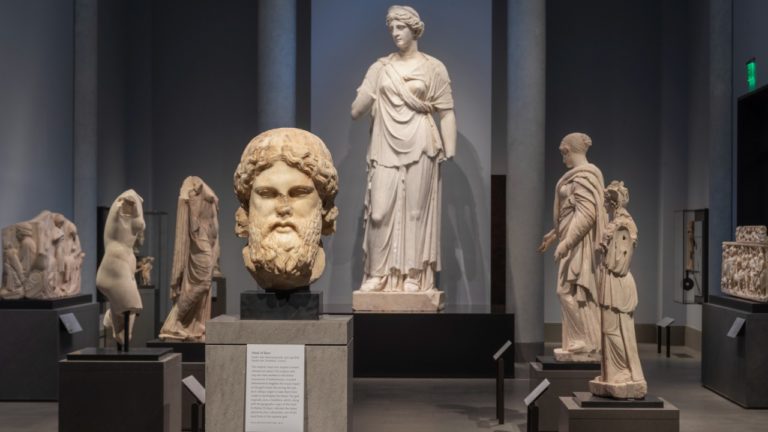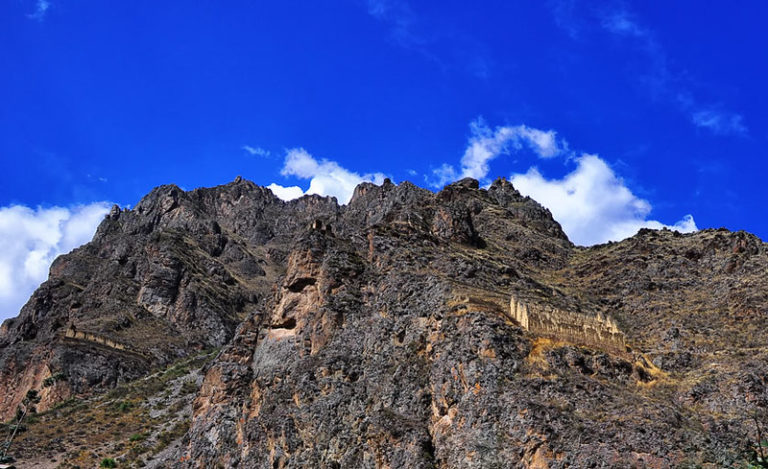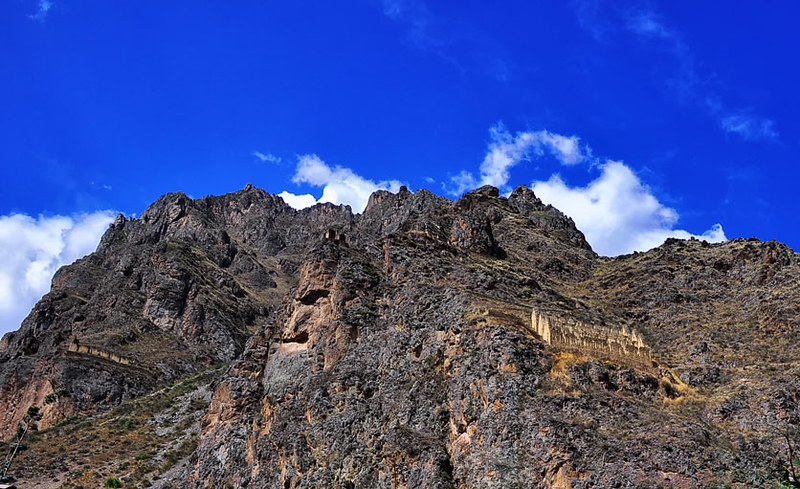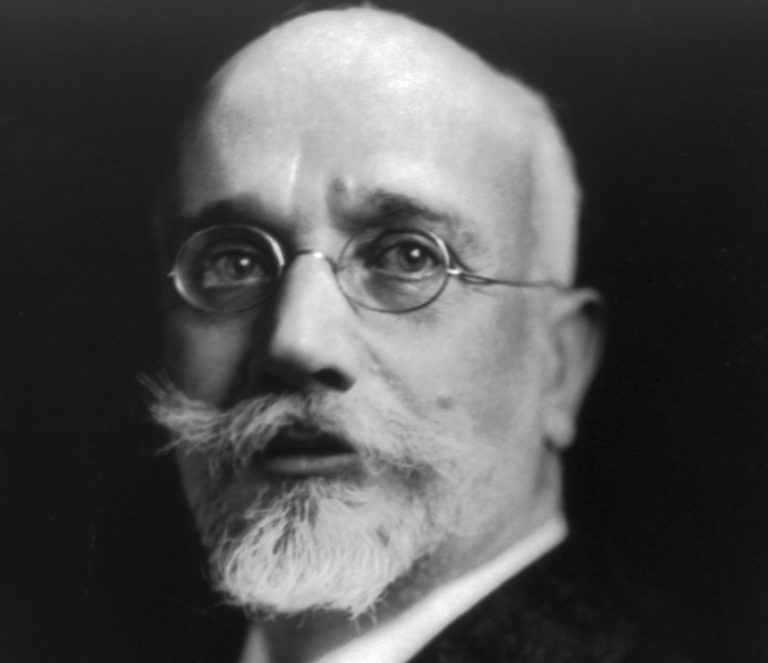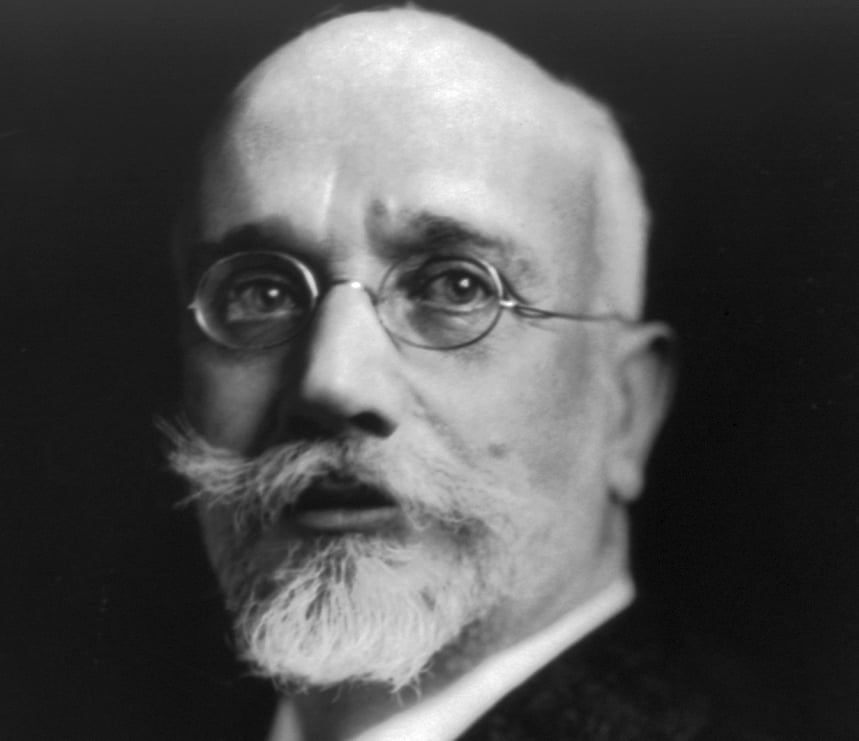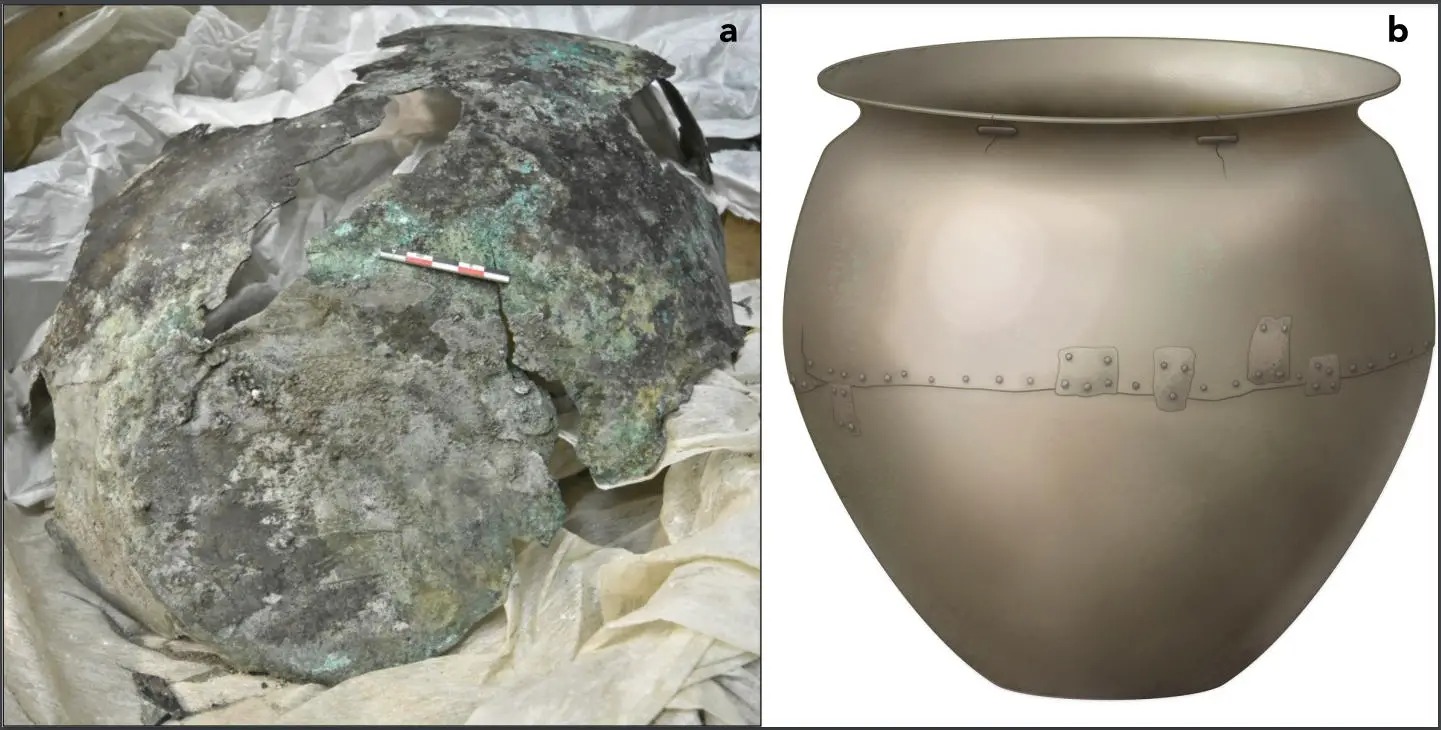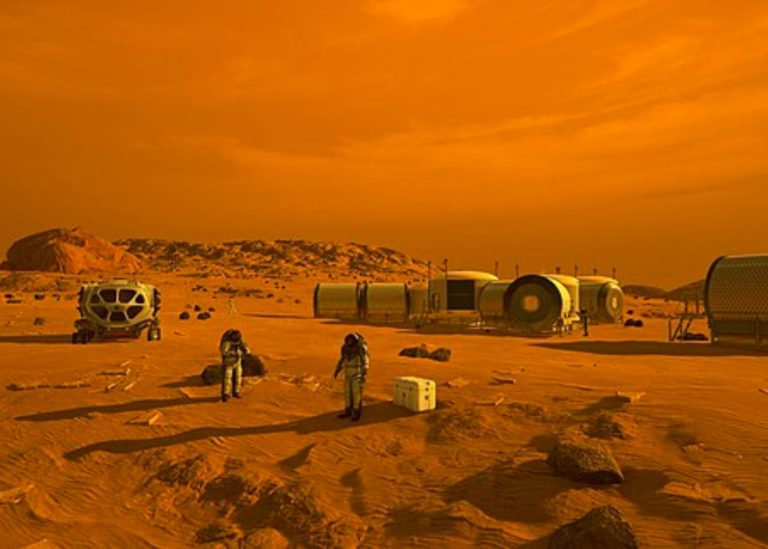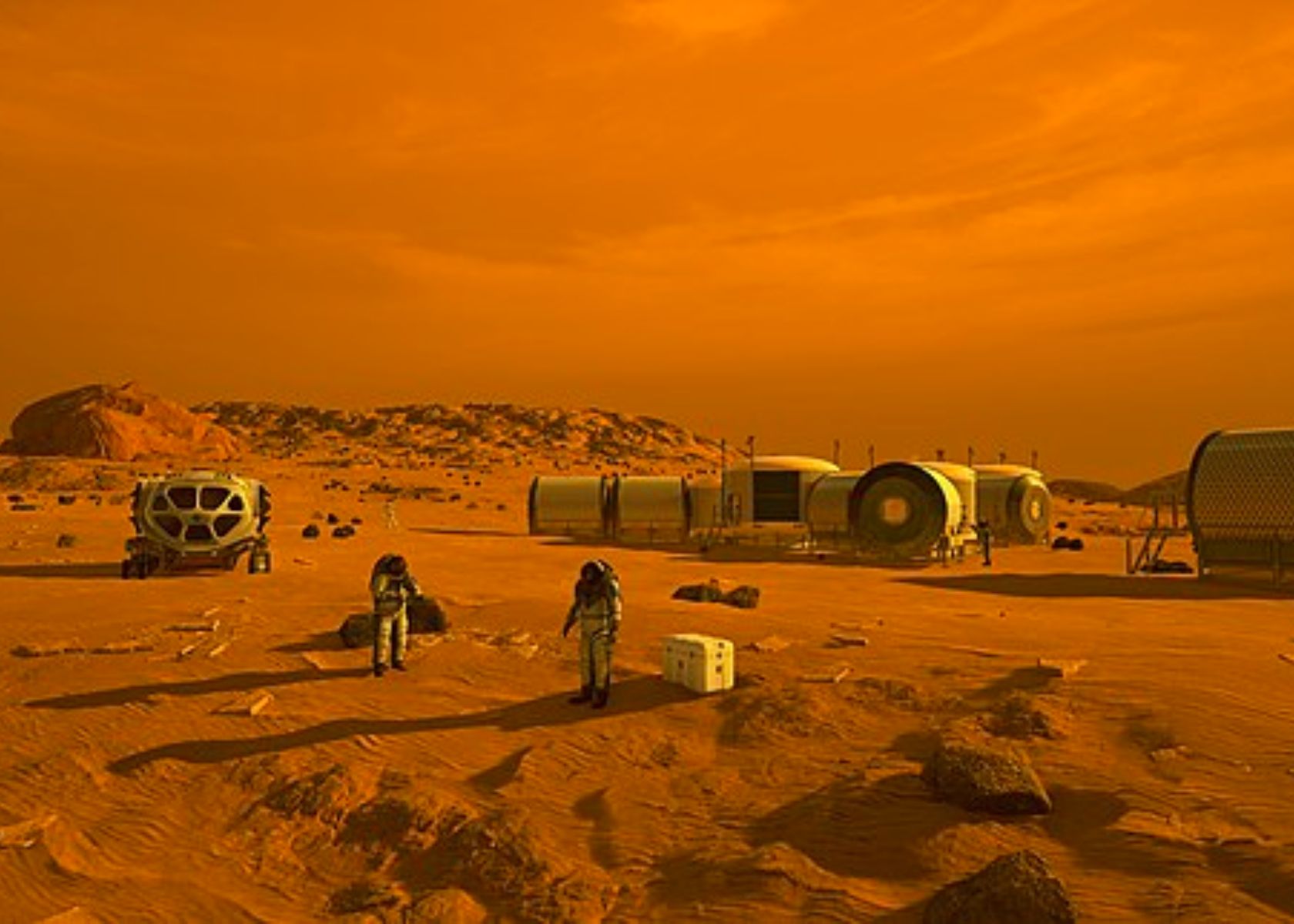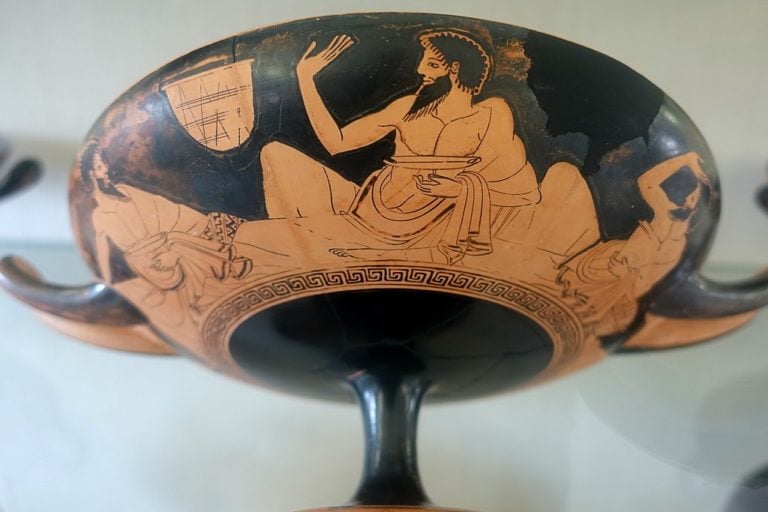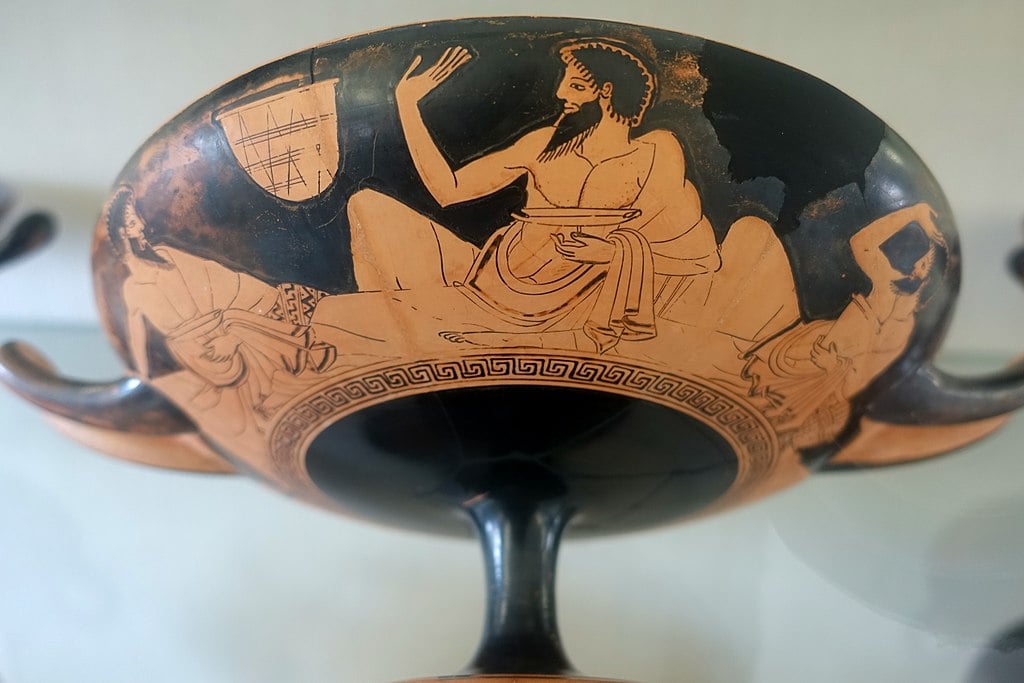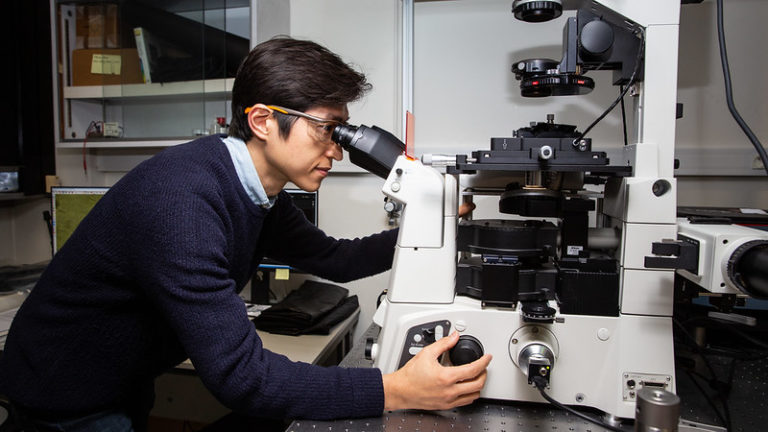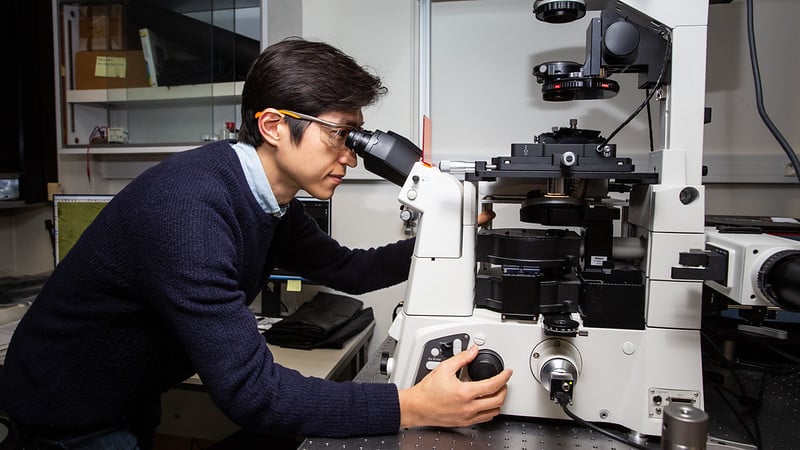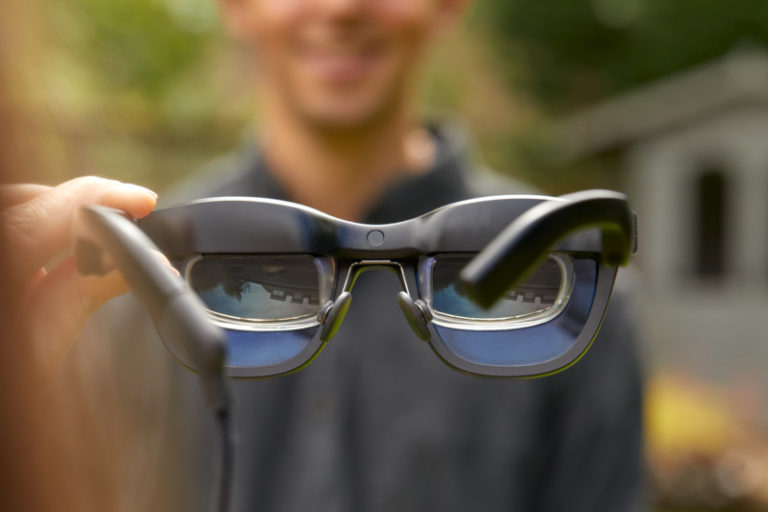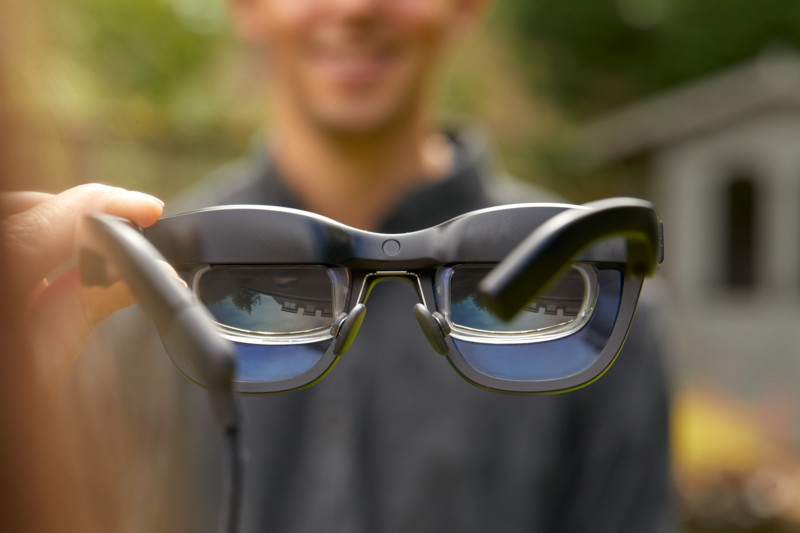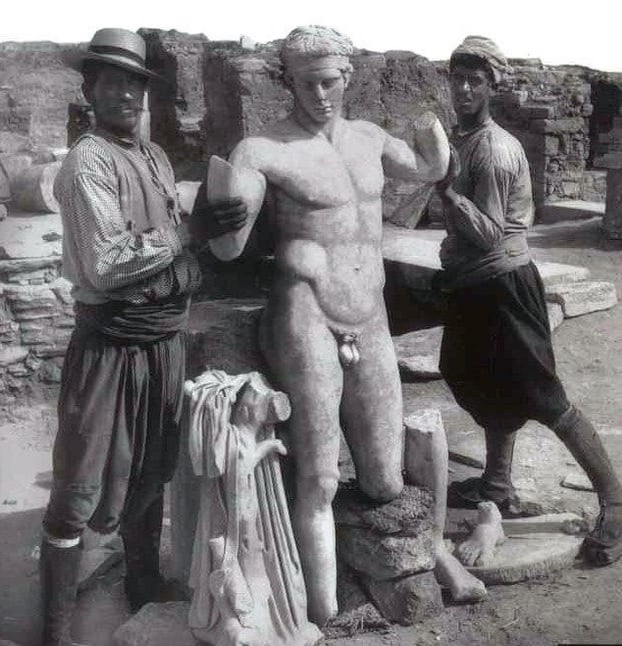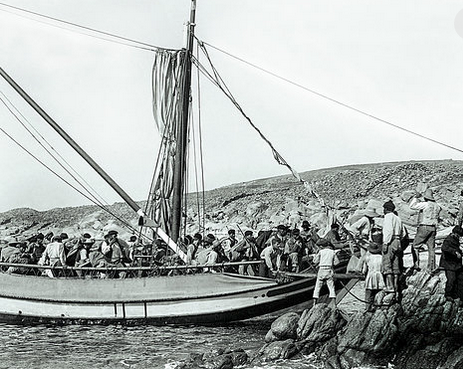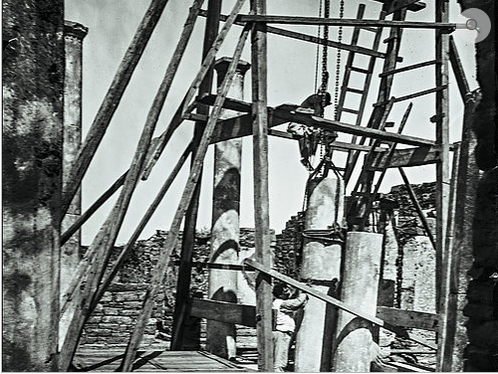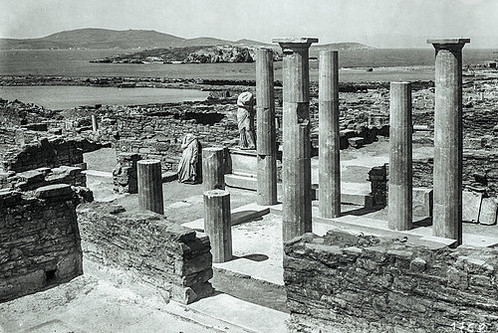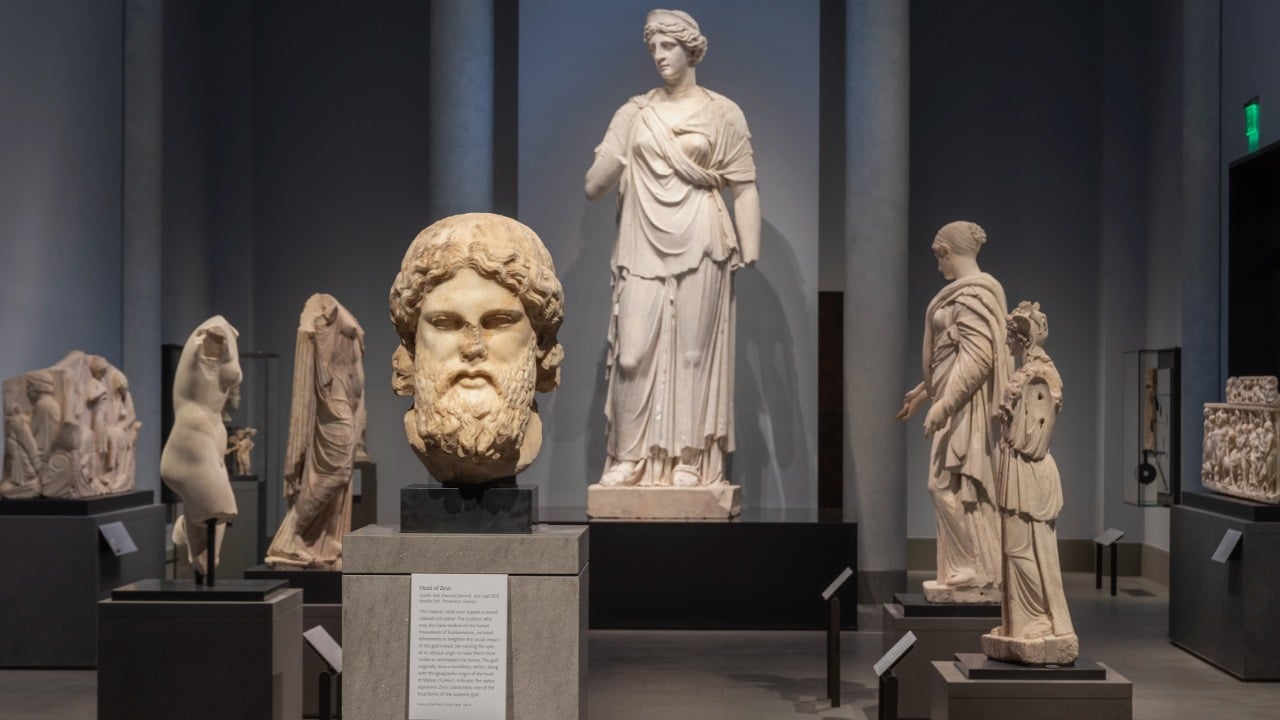
Academic Julian Jaynes postulated that before modern consciousness occurred, the voices ancient Greeks heard in their heads were those of gods.
by Patrick Garner
In 1976 an obscure psychologist from Princeton University in New Jersey published a book titled, The Origin of Consciousness in the Breakdown of the Bicameral Mind.
It was an unexpected sensation, not in small part because author Julian Jaynes postulated that before modern consciousness occurred, the voices humans heard in their heads were those of gods.
Jaynes’ “bicameral mind” refers to the two sides of the human brain. Our brain has two chambers, a right and a left, that Jaynes speculates initially did not communicate with each other.
Scientists agree that the left side of the brain controls speech. It’s the right side that is the mystery.
Jaynes considers this to be the god-side and the origin of automatic, executive commands. Millennia ago when humans heard voices — as schizophrenics commonly do today — our ancestors would have believed them to be divine. In effect, Athene, Artemis and Ares would have been issuing commands to our early ancestors.
Gods and Ancient Greeks: The Tipping Point
Originally, Jaynes believes, the god-side of the brain dominated. When humans heard these internal voices, Jaynes theorizes, they were commands about how to act and work as a society.
He conjectures that these voices functioned well as divine orders as long as life was routine. Generations of secure village life gave the internal voices credibility. With catastrophe — which Jaynes emphasizes as being extraordinary stress — the reliability of the voices broke down. In unstable times, the voices ceased to offer good advice — and as a consequence, humans were compelled to think for themselves … or perish.
This, Jaynes speculates, became the forced birth of consciousness. In unexpected crises, the right side of the brain gave erratic and untrustworthy commands. Desperate humans began to have to think for themselves and to ignore the old voices. Calculated actions were taken. Some succeeded, and the result was the sputtering development of inductive reasoning.
Jaynes pinpoints the date of this shift from divine commands to consciousness as occurring a little more than 3,000 years ago. This took hundreds of years. During this process of growing self-awareness, humans continued to consult oracles, as some still do today. But in succeeding generations, the divine voices faded.
Much of Jaynes’ theory is based on his study of Greek gods and archaic language. He theorized that humans became conscious only after complex language evolved.
To cross-check his hypothesis, he taught himself ancient Greek and reread the oldest of the Greek texts, including Homer’s Iliad and Odyssey. He concluded that characters in the Iliad — the earlier of the two books — exhibited almost no self-consciousness.
Yet in the Odyssey, characters spoke and thought as modern humans. Based on this analysis as well as on his study of other early civilizations, he came to a radical conclusion. Consciousness — what we also call self-awareness — began around 1600 to 1200 B.C.
Before this, freethinking or self-direction simply did not exist. Then, over a few centuries as constant geological and social upheavals swept the Mediterranean, what we consider modern consciousness occurred. This change, Jaynes asserts, was accelerated by writing and an increasingly sophisticated use of language.
Jaynes and The Delphic Oracle
The vast majority of ancient populations changed, yet not all humans became equally self-conscious. Jaynes stipulates that this new consciousness prevented most humans from hearing divine voices. Regardless, certain individuals retained the ancient archaic thought process. In other words, they were a throwback to earlier days. They could hear the gods, and Jaynes proposes that these rare individuals served as prophets and oracles.
Human nature includes the wish to know the future, whichever side of the brain is tapped. Even during the metamorphosis in thinking, Greeks relied on oracles. The most famous was the Delphic oracle, a woman known as the Pythia.
She was an astonishing figure. She served as Apollo’s voice of prophecy. She was referred to as the Delphic oracle because she lived in Delphi, which the Greeks considered to be the omphalos or center of the world.
But why was she considered astonishing? Because Pythia had served for as long as anyone could remember and because she was always right. Indeed, for a period exceeding 1,000 years (in the body of many women), she was never recorded as making an inaccurate prediction.
Generals, politicians, tyrants, and common men all relied on her counsel. They asked, “Who will win the battle? Where should we locate our next colony? Will my crops be robust this spring? Will I recover from this injury?” The questions included this famous one from a friend of Socrates — “Who is the wisest man in Athens?” — which, when the Pythia said “Socrates,” the philosopher coyly denied.
The Pythia answered each inquiry without hesitation, which added to her fame. How did she do it? Both the Pythia and her petitioners were prepared for their interaction through physical purification and psychological expectation. There are theories that she had assistance from hallucinogens or unusual vapors beneath the temple. No external aids have ever been discovered. Apparently, she simply excelled in channeling Apollo.
The Road to Modernity
Jaynes suggests that, with the breakdown of ancient thinking, information began to be processed differently. He concludes that once society reached a sufficient size and complexity, humans were forced to access both sides of their brain to survive.
He attributes this to the continuing development of culture. A more robust language was required — one that included metaphors, similes and reasoning. In short, Jaynes says, the growing complexity of civilization itself separated us from the gods.
Half a century later, Jaynes’ groundbreaking book remains in print. His analysis of how language influenced consciousness plays into endless academic debates about human awareness. For more discussion, find the Julian Jaynes Society online.
Patrick Garner is an artist and the creator of the breakout podcast, Garner’s Greek Mythology, with listeners in 179 countries. Garner is also the author of The Naxos Quartet, four novels about the startling appearance of Greek gods in the contemporary world. See www.patrickgarnerbooks.com



